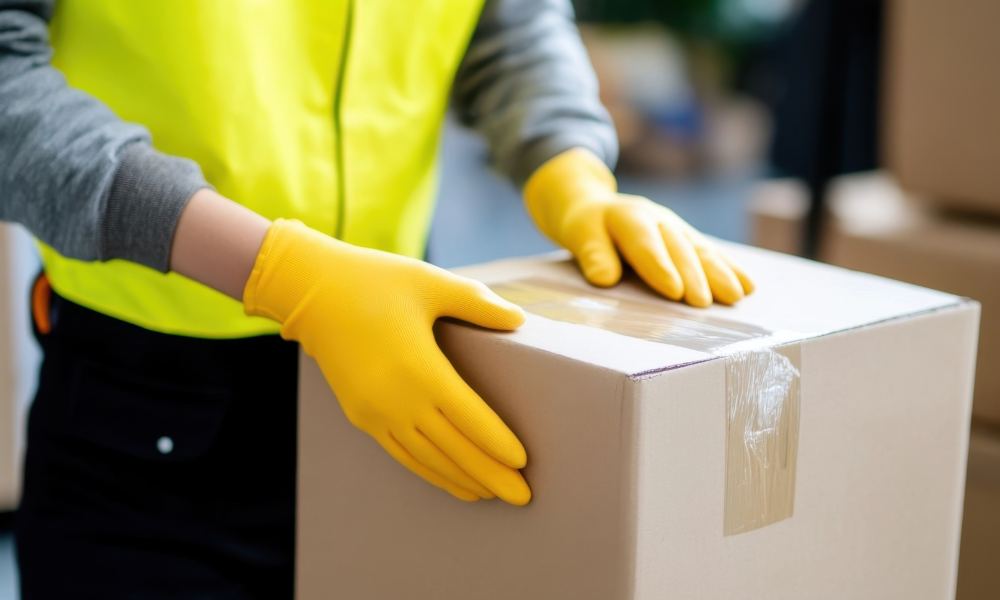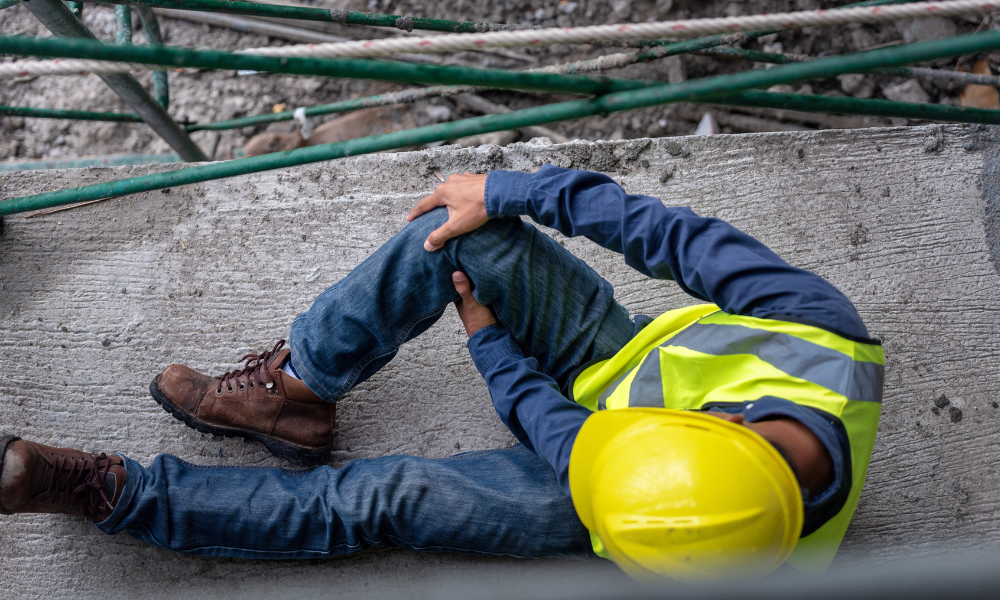Where we are today and where we are going


Durable packaging is the unsung hero in health care. It ensures medical supplies, especially single-use personal protective equipment (PPE), stays intact and contaminant-free throughout the journey from factory to hospital.
Although mainstream packaging materials ensure the safety and security of fluid-resistant masks, gloves, aprons and long-sleeve gowns during transit, these options can contribute to considerable environmental complications.
What is the environmental impact of non-eco-friendly packaging for PPE?
A pre-pandemic study found that Canadian hospitals generate almost 85,000 tonnes of waste annually. Approximately 85% of it is general, nonhazardous waste, which includes non-renewable packaging.d
This waste shouldn’t cause any harm to the human population and the environment as long as it doesn’t become litter. The problem is much of it usually incorrectly mixes with hazardous waste.
When waste from healthcare facilities is not properly separated and mixes with hazardous materials, it often undergoes incineration or autoclave sterilisation. Improper segregation leads to higher greenhouse gas emissions.
Aside from a careless approach to waste segregation, the health sector’s environmental impact is underexplored. Despite the low awareness of the concrete effects of waste mismanagement in health care, you can imagine that incorrectly discarded waste will end up where it shouldn’t and pollute our soil and water.
What are the benefits of sustainable PPE packaging?
Switching to ecological packaging is one of the practises the World Health Organisation recommends to address the ills of health care waste.
Eco-friendly alternatives to conventional plastic packaging decrease garbage generation through biodegradation. They minimise the consumption of fossil fuels through less demand for the manufacture of virgin plastic. They also help build circular economies through recycling and profitable renewable packaging production.
Eco-packaging for PPE allows the following to integrate environmental, social and governance (ESG) initiatives into their operations more easily:
- Outpatient clinics
- Emergency departments
- Surgery centres
- Dental practices
- Medical spas
- Nursing homes
- Assisted living communities
ESG is the wave of the future. The transition from multilayer plastics to single plastic material packaging to curb postconsumer recycled resin contamination and other emerging trends will endure because the number of environmentally conscious Canadians will only increase over time.
Health facilities should embrace sustainable PPE packaging options sooner rather than later to deliver higher-quality patient care and demonstrate corporate responsibility to investors and the general public.
What are the leading eco-friendly packaging materials available?
Health Canada has considered mandating the use of recycled plastic for food packaging. The problem is the industry doesn’t consistently define biodegradable materials, and the nation lacks the infrastructure to intensify waste segregation efforts.
Fortunately, packaging PPE is less complicated than perishable goods and dry foods. Health care facilities can start with the following:
- Fully recyclable plastics
- Plastics with high postconsumer recycled content
- Biodegradable plastics
- Reusable containers
Cost is a common barrier to adoption. However, eco-friendly packaging prices should decline once manufacturers achieve economies of scale. Businesses will increase production only when the demand for sustainable substitutes for conventional PPE packaging surges.
PPE eco-packaging is a vital step forward
The health care sector can’t meaningfully drive down its waste generation without adopting sustainable PPE packaging. While such change may entail a high upfront cost, health care facilities can recover what they initially spent in other areas when they consistently hit their ESG goals.





